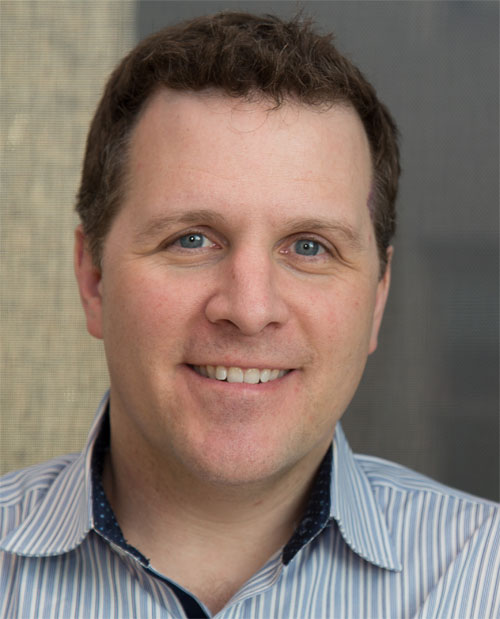Why Banks Struggle With SaaS Companies
Wednesday, April 30, 2014

|
BJ Lackland |
In the “good old days”, companies took raw materials and assembled them into products (inventory), then sold the products generating account receivables (AR). These activities required lots of working capital and created hard assets – inventory and AR. So when a business wanted to get that working capital from the bank, the bank could lend and feel “safe”; if the business went bust, their funds were secured by hard assets.
Now think of a SaaS company (Software as a Service). Most have pre-paid subscription-based revenue streams. Sounds great, but its Teflon to a bank. Inventory? Nope. AR? Nope. Other traditional hard assets? Virtually none. If you are thinking “but we have IP!” Then kudos for thinking like an entrepreneur, but a bank simply sees IP as hard to value and liquidate. So the bankers will smile and politely refuse to lend against it.
But you have this great business, with sticky revenue, happy customers, and lots of great pre-payments – can’t banks see how wonderful this is? When will a bank lend to a SaaS entrepreneur?
There are two options:
1. You have personal assets, like your house, and pledge them with a personal guarantee (ah the joys of putting it all on the line!)
2. You have cash in the bank. Yes, many banks will offer give you a line of credit that requires you to keep as much money in the bank as you borrow on the line. (If you’re scratching your head wondering why you’d ever do that, you’re smart.)
Traditional bankers find it enormously difficult to justify the perceived risk on their balance sheets – it’s just not the way they do business. And in banking-land, the crisis of 2008 is far from ancient history; banks are still scared of their shadows. Further, although SaaS businesses are mainstream in tech, in aggregate they comprise a tiny fraction of the overall economy, so banks have plenty of dry cleaners, dentists and widget-makers needing capital to keep them busy.
It’s no surprise then that alternate lenders are marching into this “funding gap” to provide SaaS companies with the capital they need. Tech banks such as SVB and Square 1 have recently started to offer a Monthly Recurring Revenue Line of Credit (MRR Line). This allows you to get a line of credit equal to two to four months of MRR. However, unless you have a VC investor backing the company, you’ll need to have $5-10 million in revenue and be close to profitable to qualify. And in our experience, it typically takes six months to get the deal done.
So if you are earlier stage, what do you do to bring in capital? The conventional path has been to sell off a part of your businesses to angel investors or VCs. This is the most expensive capital there is – angels and VCs are shooting for 10-50 times return on their investment. It’s also horribly difficult capital to get, unless your uncle is a billionaire or your best friend is a VC. Plus you then have to contend with someone else having a big say in how you run your company.
What I’ve just outlined are the very reasons Lighter Capital came into being. Our founders believed there was a better way to provide growing software and SaaS businesses the capital they need. Revenue-based financing – we call them “RevenueLoans™” – are specifically designed for tech businesses with sticky subscription-based revenues and healthy margins.
There are no personal guarantees or need for hard assets to secure the loan. Nor is there a need to give up equity and control. A RevenueLoan is long-term growth capital. Repayments are a fixed percentage of your monthly revenues, so they rise and fall with the ebb and flow of your business. Should you grow faster than you expect and your revenues are higher – you will pay off the loan sooner than the usual 5 year term. You can learn more here.
So it might be a bit strong to say banks dislike SaaS businesses – what’s for sure is they don’t understand them. The good news is that there are lenders such as Lighter Capital out there who LOVE SaaS companies and recognize what great businesses and investments they can be.
Read more: http://www.lightercapital.com/How-It-Works/Overvie...
This content is made possible by a guest author, or sponsor; it is not written by and does not necessarily reflect the views of App Developer Magazine's editorial staff.

Become a subscriber of App Developer Magazine for just $5.99 a month and take advantage of all these perks.
MEMBERS GET ACCESS TO
- - Exclusive content from leaders in the industry
- - Q&A articles from industry leaders
- - Tips and tricks from the most successful developers weekly
- - Monthly issues, including all 90+ back-issues since 2012
- - Event discounts and early-bird signups
- - Gain insight from top achievers in the app store
- - Learn what tools to use, what SDK's to use, and more
Subscribe here










